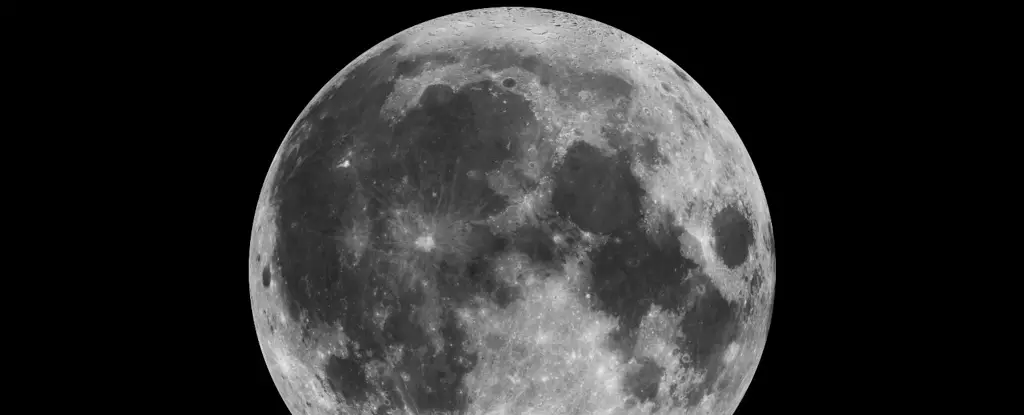Earth may soon find itself once again accompanied by a charming, albeit temporary, natural satellite—a “mini-moon” named 2024 PT5. This small asteroid, measuring approximately 10 meters (33 feet) in diameter, is set to forge a brief yet captivating relationship with our planet. It was only recently discovered in August 2023 and will officially begin its orbital dance around Earth on September 29, 2024. For 56.6 days, it will complete one orbit before breaking free from our gravitational embrace on November 25, 2024.
The mini-moon’s journey wasn’t a spontaneous occurrence; scientists have pieced together its past and future trajectories using observations and databases. This specific asteroid has a noteworthy history of close encounters with Earth, last veering within a mere 567,000 kilometers (roughly 352,300 miles) of our planet just a day before its discovery. Such close passes are intriguing to astronomers and provide vital insights into the nature and origins of near-Earth objects (NEOs).
Astrophysical calculations have indicated that 2024 PT5 will venture within 1.8 million kilometers (1.1 million miles) during its farewell flight on January 9, 2025. Remarkably, this won’t be the last we see of this mini-moon; another approach is anticipated on November 8, 2055, although it will be farther this time, at approximately 5.2 million kilometers (3.3 million miles) away. This pattern of approach and retreat invites speculation on how often we might play host to such celestial wanderers.
The phenomenon of mini-moons is not a solitary event; Earth has experienced similar encounters in the past. In 2020, astronomers identified a small rock—approximately 3.5 meters (11.5 feet) in diameter—circling our planet for nearly three years before breaking away. A different class of mini-moon was spotted in 2016, classified as a ‘quasi-satellite,’ which, while not in a true orbit, was entangled in Earth’s gravitational field for nearly a century.
These mini-moons serve as reminders of the dynamic nature of our cosmic neighborhood. They offer exciting opportunities for scientific study and exploration, shedding light on the composition of asteroids and their behavior near Earth. Such transient satellites can also help astronomers better understand the gravitational effects of not just Earth but also the Moon and other celestial bodies.
The asteroid 2024 PT5 is believed to belong to a distinct group of near-Earth objects known as the Arjunas. These asteroids share similar orbital characteristics with Earth, allowing them to stay relatively close while orbiting the Sun. This unique position reduces the likelihood of being a fragment of artificial space debris.
Through the analysis of data collected from NASA’s Jet Propulsion Laboratory (JPL) and observations captured by the Asteroid Terrestrial-impact Last Alert System (ATLAS), astronomers could trace the asteroid’s journey back 60 years, while also predicting its path for the next 30 years. Such work exemplifies the ongoing efforts of scientists to monitor and understand the behavior of near-Earth objects—knowledge that can be crucial for future planetary defense strategies.
The cosmic flirtation between Earth and its mini-moons is as much a story as it is a scientific phenomenon. The temporary nature of these relationships creates a sense of awe, reminding us of the vastness of space and the dynamic processes at play. While we may be fully aware that these asteroids are fundamentally distant and transient, their temporary presence serves as a bridge, allowing humanity to ponder our place in the solar system.
As we await the arrival of 2024 PT5—a small, 10-meter rock that promises to be a brief companion—it’s prudent to recognize that Earth is not alone in its journey through the solar expanse. The universe is replete with such miniature wanderers, perpetually tracing their orbits in a dance with gravity, illuminating the skies above us while navigating the intricate web of gravitational relationships.
While our welcome guest 2024 PT5 may provide only fleeting moments of fascination, its arrival offers a superb opportunity to reflect on humanity’s ongoing quest for knowledge and understanding of the cosmos. As we observe these mini-moons, we are reminded of the beauty and complexity of our universe, ever-changing yet consistently captivating.


Leave a Reply